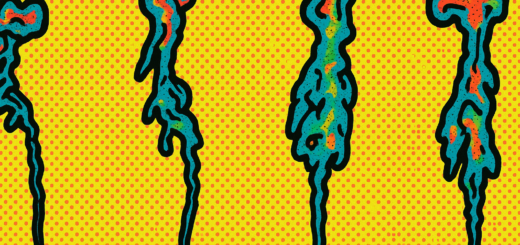New preprint on IAM triggering ABA signalling
In this work we ask the question as to whether we can use natural variation as a tools to identify novel components of IAM-mediated primary roots growth inhibition. Through the close collaboration with the labs of Carlos Alonso-Blanco and Javier Paz-Ares from the CNB in Madrid, it was possible to find a novel molecular link between IAM and ABA biosynthesis and signalling, which additionally suggests a signalling molecule character for IAM. Have a look at our latest #preprint out in @biorxiv_plants :
Moya-Cuevas J. et al. 2025 bioRxiv
Synopsis
Plants regulate their developmental programs and their responses to environmental changes through a complex network of small signalling compounds, known as phytohormones. The role of auxins in promoting plant growth has been extensively investigated. Furthermore, previous studies have demonstrated that the accumulation of indole-3-acetamide (IAM), an auxin precursor, results in the suppression of plant growth, particularly primary root elongation. This observation led to the hypothesis that IAM or an IAM derivative exerts negative growth regulatory effects. However, the molecular mechanism by which IAM inhibits plant growth remains largely unelucidated. To gain deeper insight into the molecular mode of action of IAM, we conducted a comprehensive genome-wide association study (GWAS) using a highly diverse collection of 166 wild Arabidopsis accessions from the Iberian Peninsula. Consequently, we identified several genomic regions associated with a reduced response to IAM under controlled in vitro conditions, which included ABA3 and GA2ox2 as candidate genes. Sequence analyses, transcriptomics studies, and comparison of three-dimensional models generated for ABA3 proteins encoded by the two major natural alleles identified in the collection of wild accessions suggested that IAM-triggered inhibition of primary root elongation is closely associated with the formation of abscisic acid (ABA) in Arabidopsis thaliana seedlings. Finally, physiological characterisation of mutants for those candidate genes further corroborated that IAM activates ABA signalling. Our results demonstrate that IAM is intricately linked with ABA biosynthesis and signalling, thereby elucidating a novel node in plant hormone crosstalk.

